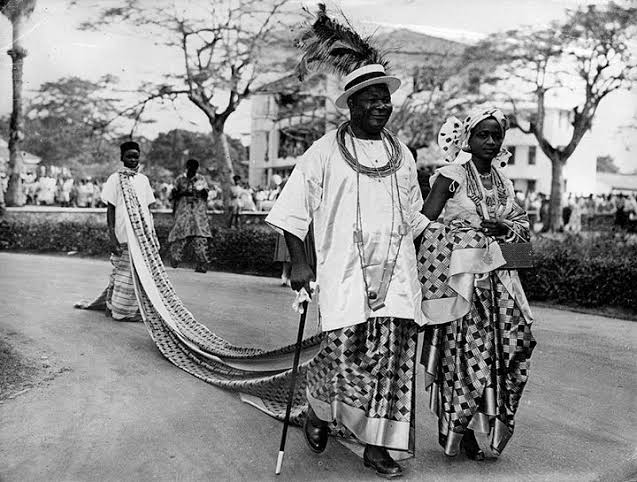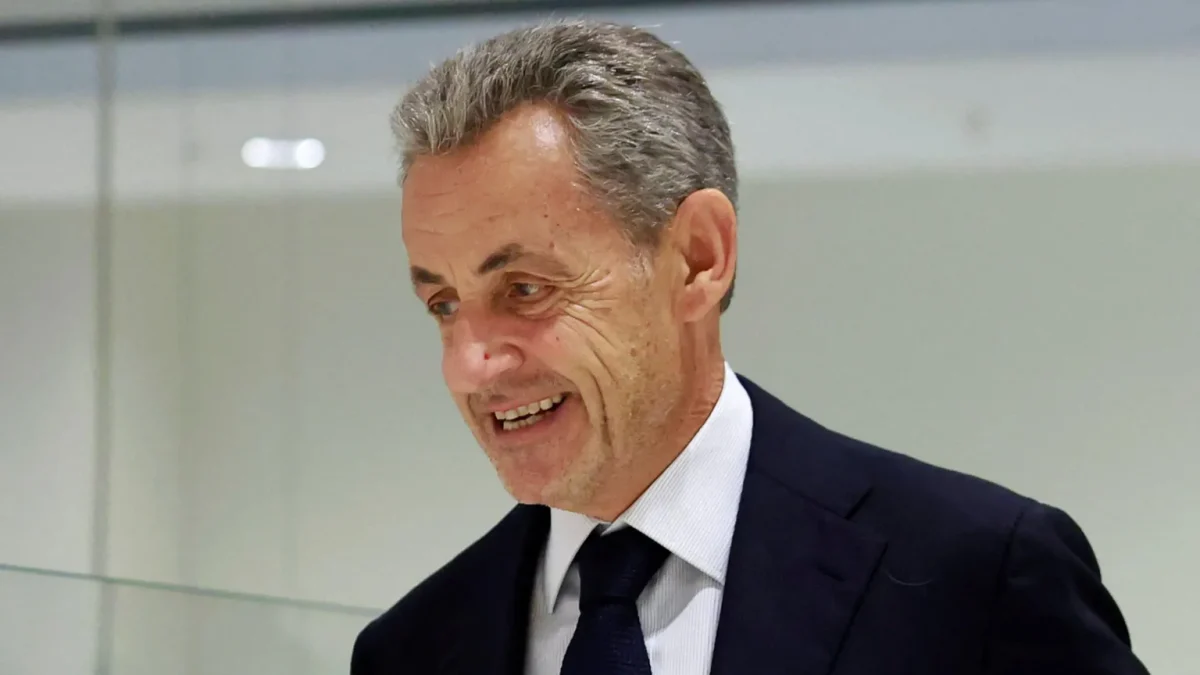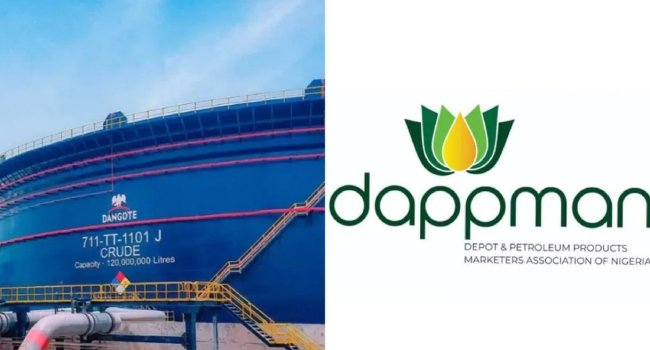In a move to stabilize oil prices amid fluctuating demand, eight members of the OPEC+ coalition have announced an extension of supply cuts until the end of December 2024. This decision comes at a crucial time, as uncertainties surrounding the global economy and the upcoming U.S. presidential election loom large over market dynamics.
The Vienna-based Organization of the Petroleum Exporting Countries (OPEC) confirmed that the eight nations—led by Saudi Arabia and Russia—will maintain voluntary production adjustments of 2.2 million barrels per day through December.
The countries involved in this extension include Algeria, Iraq, Kazakhstan, Kuwait, Oman, and the United Arab Emirates. Currently, OPEC’s total crude oil production stands at approximately 28.7 million barrels per day, with OPEC+ accounting for about 40% of global oil supply, underscoring the group’s influence on the market.
Market Dynamics and Future Considerations
The current situation reflects a cautious strategy among OPEC+ members as they navigate a landscape marked by weakening global demand.
Ipek Ozkardeskaya, senior analyst at Swissquote Bank warns that without additional measures to restrict production, any temporary boost in oil prices is “unlikely” to be sustainable. She emphasizes that OPEC+ now accounts for less than half of global oil output, complicating their influence on market prices.
Jorge Leon from Rystad Energy suggests that the outcome of the U.S. presidential election on November 5 could significantly affect the oil market. A potential trade war, particularly if Republican candidate Donald Trump wins, might lead to decreased demand, posing additional challenges for OPEC+.
Looking Ahead: OPEC+ Meeting and Strategic Shifts
The group’s ministers are scheduled to convene in early December in Vienna, where discussions may shape future production strategies. However, the decision to extend cuts already suggests a commitment to a cautious approach, avoiding production increases until at least early 2025.
This extension reflects a delicate balancing act as OPEC+ seeks to navigate the complexities of global oil markets, demand fluctuations, and geopolitical factors. As the industry watches closely, the outcomes of both the U.S. election and the upcoming OPEC+ meeting will play pivotal roles in shaping the future of oil supply and pricing.























